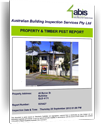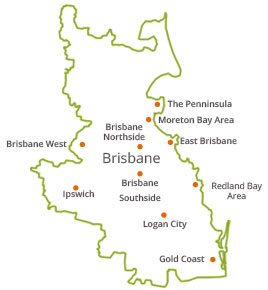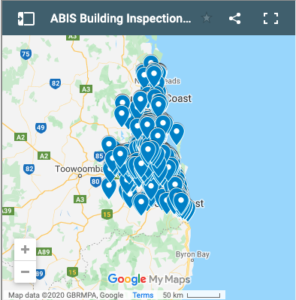These hazards can be separated into two main types: (i) Hazards to occupants and (ii) Hazards to tradespeople and others who enter the roof void.
Hazards to Occupants
Electric Shock
Any installation of insulation that conducts electricity (such as metal foil that interacts with electrical sources within the roof void) and is also in contact with metal roof sheeting guttering and downpipes could be hazardous in this situation. It is very simple to avoid but could occur as a result of poor insulation installation, faulty electrical work, rats, possums and substandard electrical maintenance.
Fire
Where insulation is poorly installed or is dislodged by following trades and as a consequence covers hot light fittings, the risk of fire is increased. Interaction of conductive insulation with poor electrical work can also be a source of fire hazard.
Hazards to Others Entering the Roof Void
Fall Hazards
It is essential for anyone entering a roof void to be able to check that the roof frame member that they will rely on to support their weight is in good condition and is able to do so. If an insulation is installed wholly or partly covering these members, a significant hazard exists and the roof void should not be entered.
Electric Shock
Installation of insulation that conducts electricity such as metal foil that interacts with electrical sources within the roof void.
Toxic Dust
Roof voids can contain dust and small particles that are hazardous to human health. This includes mould spoors, pesticides, asbestos and fibreglass. Anyone entering a roof void should always wear appropriate Personal Protection Equipment.
Heat Stroke
The air in roof voids can reach very high temperatures in summer and consciousness can be lost after only a short time. No one should be entering the roof voids if such conditions occur.
Arrange My Building Inspection Today!
*Disclaimer: We do not provide professional advice nor services related to any infrastructure planning and building.
Please refer to your local city council for more information.




